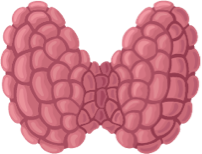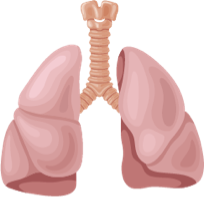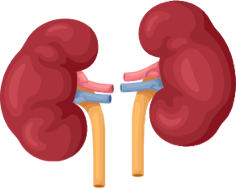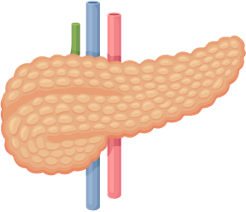 Late and Long-Term Side Effects
Late and Long-Term Side Effects
Late and Long-Term Side Effects
A long-term side effect is a condition that may have occurred as a result of cancer treatment and that can persist for months or years after the end of treatment. A late effect is a side effect that may appear years after the completion of therapy. Both range from mild to severe and are managed by the long-term follow-up care team.
Potential late effects of neuroblastoma treatment
Long-term follow-up care providers monitor for and assist in managing side effects that may not occur until years after treatment has ended. Late effects of treatment will vary based on where your child’s neuroblastoma was located, the type and dose of treatment they received, and their age at time of treatment.
Late effects of treatment may occur in some children and not others. These late effects can be physical, emotional, or cognitive.
Physical late effects
Your child may experience changes to organs, tissues, and body functions. Your child’s growth and development may be affected by these changes. Potential effects may include impairment or dysfunction to the following:
Treatment may also sometimes cause another (secondary) cancer.
Cognitive late effects
Your child may experience changes in their ability to learn (ie, memory and critical thinking skills) which may impact how they perform in school. These effects are more common in children who had radiation therapy to their spinal cord, brain, and/or head and neck.
Emotional late effects
Your child may experience changes in their mood, feelings, and behavior, which may impact their social well-being. In some cases, children may suffer from depression or post-traumatic stress disorder. If you notice changes in your child’s moods and behaviors, speak with your healthcare team or a mental health specialist.
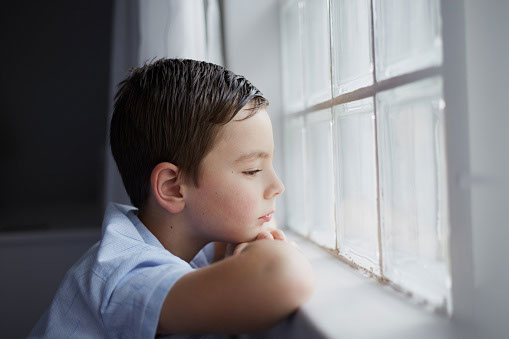 emotional late effects
emotional late effects
Follow-up care with specialists should be a part of your child’s plan to help address any late effects.
Becoming their own advocate
As the years go by and your child grows older, it will be important for them to be aware of their unique medical needs. Teaching them over time about neuroblastoma and their specific journey will increase their awareness and readiness to take ownership of their health. Having an updated treatment summary and care plan that they can share is key in helping them make sure they get the care they need.

COG Survivorship Guidelines
For more information on follow-up recommend based off of your child's treatment course, visit the Children's Oncology Group Survivorship Page.
